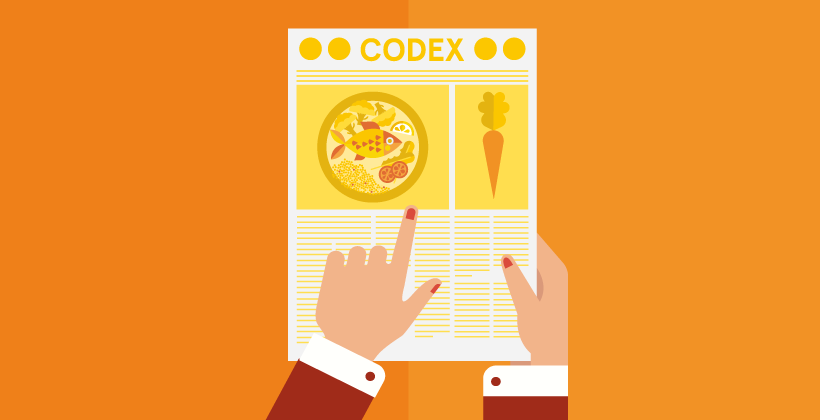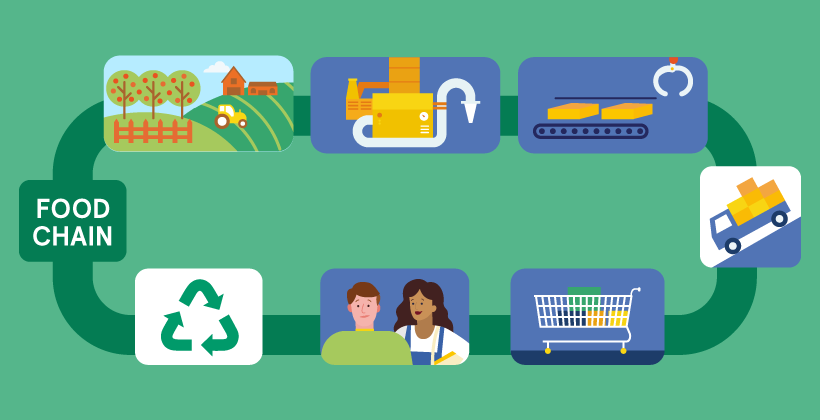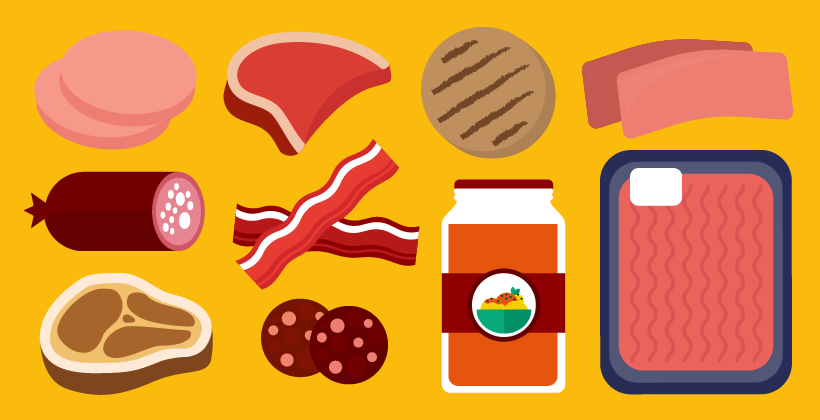HACCP and GHP: Standards in Food Industry
Last Updated : 01 February 2013In Europe, food businesses are legally responsible for the safety of the food they produce, transport, store or sell. They are required to adopt a preventative approach by identifying and controlling hazards before they compromise the safety of food. To comply with these requirements, many food businesses follow relevant industry standards.
Food safety
Consumers rightfully expect that food is safe to eat. Unsafe food can lead to foodborne illness which is at best unpleasant and at worst fatal. Food safety is intrinsically linked to physical, chemical and/or microbiological hazards which can occur at any point in the food chain from farm to consumption. Food businesses have an important role to play in the control of these hazards. Food safety controls in the European Union were previously discussed in Food Today N°79.1
HACCP and GHP
Hazard Analysis and Critical Control Points (HACCP) is a system used by food businesses to ensure the safety of food. It was originally pioneered in the 1960s for the production of safe foods for the United States space programme.2 It is a preventative, risk-based system which enables food businesses to identify critical control points (CCP) for physical (e.g. glass), chemical (e.g. pesticides) and/or microbiological (e.g. food poisoning bacteria) hazards before they compromise the safety of food.2 By law, all food businesses in Europe must implement and maintain procedures based on HACCP principles.3
Before implementing HACCP, good hygiene practices (GHP) must be in place. These are known as prerequisite programmes and are mostly specified in corresponding legislation.3 Examples include personnel hygiene and training; cleaning and sanitation; maintenance and services; pest control; plant and equipment; premises and structure; storage, distribution and transport and waste management. More extensive hygiene requirements apply for primary producers (e.g. farmers).3,4
Although European legislation lays down minimum requirements regarding HACCP and GHP, it does not describe how these requirements should be implemented by the food industry.3,4 Standards often fill this gap by providing the necessary procedural information for industry.
Food industry standards
Food industry standards are typically produced by national or international organisations such as the International Standards Organisation (ISO), with designated responsibility for standards and/or food safety, or by the food industry itself, through a representative body such as the British Retail Consortium (BRC). Food industry standards play an important role in helping food businesses consistently produce safe food products that are compliant with legislation.5 It is important to note that standards are not a substitute for legislation, but provide an interpretation of the legislation to allow its implementation and ongoing compliance by food businesses. Many standards require the implementation of procedures which are beyond the requirements of legislation, which forms the foundation of all food safety management systems.
Nowadays many standards are auditable and certifiable by independent third parties, such as Société Générale de Surveillance (SGS).6,7 However, certification does not prove that a food is safe, only that it was produced under a properly implemented management system.
The European Union actively encourages the development of national guides to good practice for hygiene and for the application of HACCP principles.3 Many of these integrate business operations such as good manufacturing practices (GMP), GHP and HACCP; thereby, providing food businesses with a means to develop an integrated food safety management system.8 This is a cost-effective system for controlling product safety and quality. It also allows a food business to demonstrate its commitment to food safety, and outwardly conveys the degree of confidence required by consumers and regulators alike.
Conclusion
HACCP forms the foundation of European and international legislation for the food industry and is a key component of international trade in food products. Today food industry standards play a major role in assisting food businesses to achieve compliance with legislation and in many cases exceed legislative requirements. Furthermore, they enable food businesses to ensure consistency in terms of product safety and quality.
References
- European Food Information Council (2011). Food safety controls in the European Union. Food Today.
- Food and Agricultural Organization (1998). Food quality and safety systems – A training manual on food hygiene and the Hazard Analysis and Critical Control Point (HACCP) system.
- European Commission. (2004) Regulation (EC) No 852/2004 of the European Parliament and of the Council of 29 April 2004 on the hygiene of foodstuffs
- European Commission (20002). Regulation (EC) No 178/2002 of the European Parliament and of the Council of 28 January 2002 laying down the general principles and requirements of food law, establishing the european food safety authority and laying down procedures in matters of food safety.
- Hatanaka M et al. (2005). Third-party certification in the global agrifood system. Food Policy 30:354–69.
- Deaton BJ. (2004). A theoretical framework for examining the role of third-party certifiers. Food Control 15:615–9.
- Codex Alimentarius (2003). Hazard Analysis and Critical Control Point (HACCP) system and guidelines for its application. CAC/RCP 1–1969, Rev 4.








